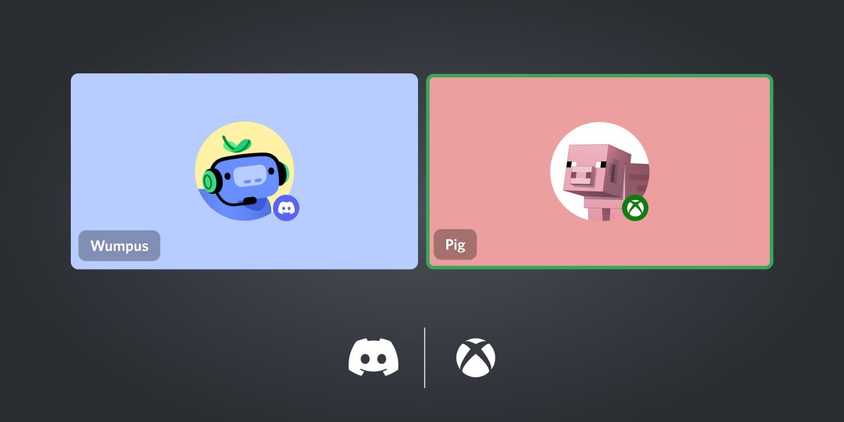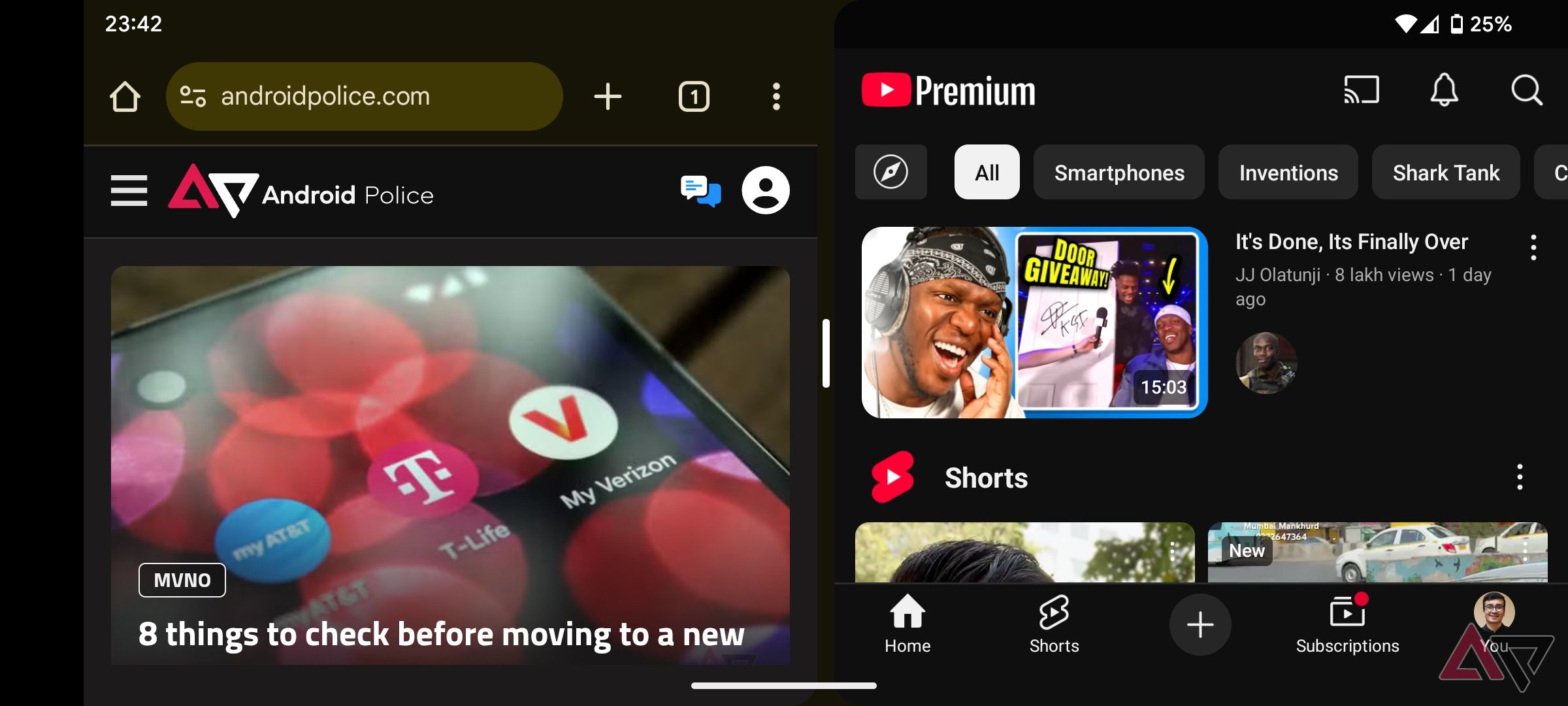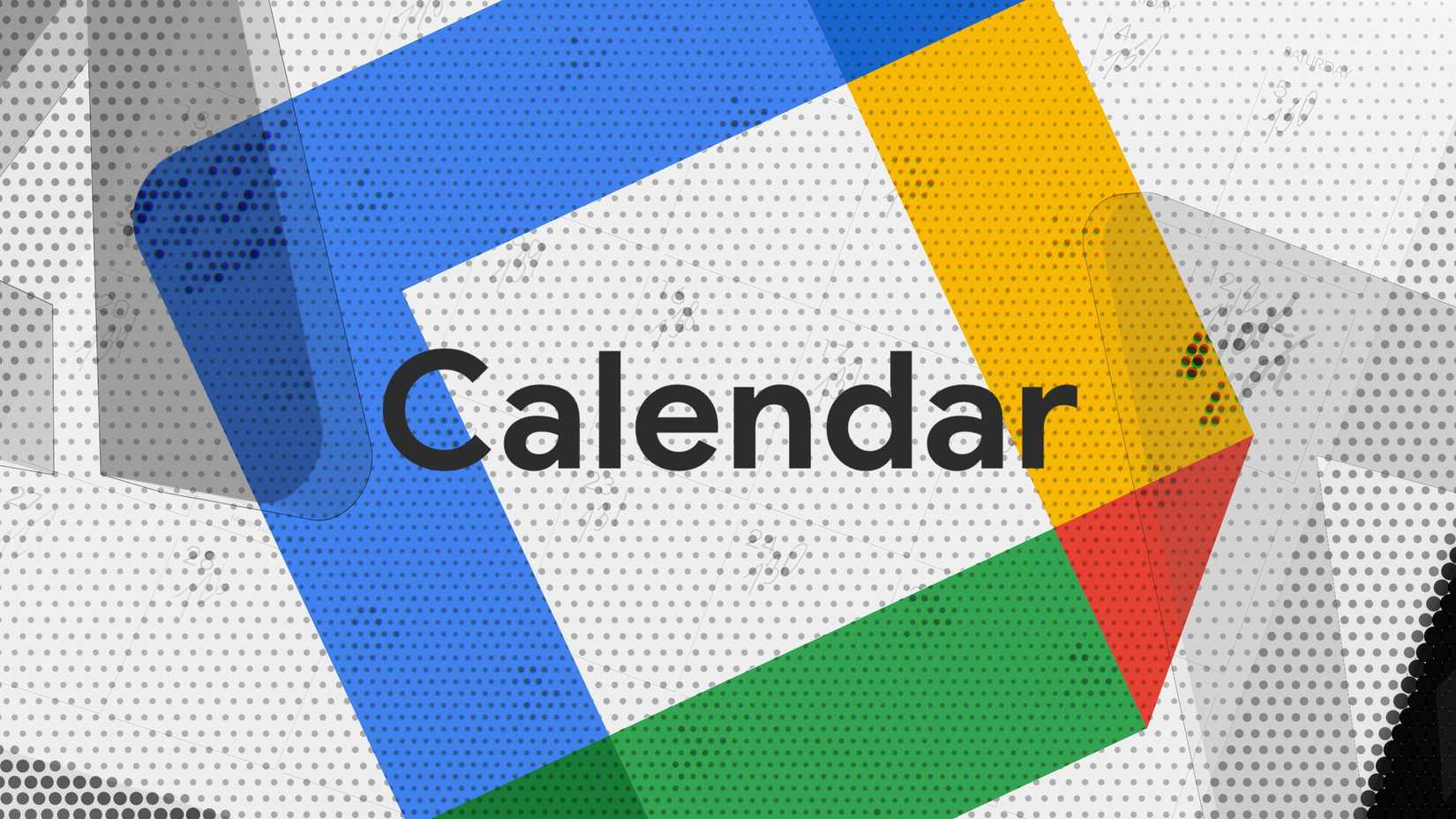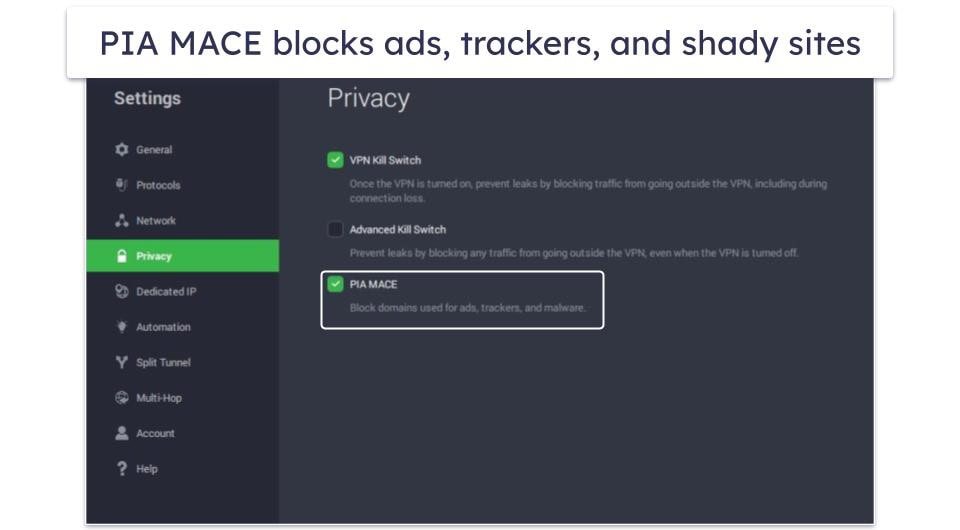Today’s relatively large smartphone displays can pack a ton of visuals. Apps typically do their best to fill the screen with as much information as possible, but they don’t necessarily always need all the real estate to themselves. And sometimes you need to jump back and forth between activities, without the hassle of switching between them entirely.
To that end, Google’s been working on a more extreme split-screen solution for a while. With its first ultra-early Android Canary release, the Big G is giving users their first taste of the near-mythical 90:10 split screen ratio. And don’t worry, the old, sometimes more practical ratios don’t appear to be going anywhere (source: Android Authority).
Inherently better multitasking
Don’t forget about that other thing you were just doing
The split-screen experience has been around for nearly a decade, but performance and display advancements over the last few years have made it especially useful. As it gets more popular, additional flexibility is always welcome. A May report proved Google’s been working on a more extreme level of simultaneous screen-sharing between apps, with one shrinking to as little as 10% of the display. Samsung quickly got out ahead of that game by utilizing the new 90:10 split screen code in its One UI 8 beta.
Now, Android expert Mishaal Rahman’s at it again, sharing the new ratio’s existence in Android Canary, the operating system’s way-too-early pre-beta program for Pixel users who demand the earliest access possible. In other words, it’s no longer just code; owners of recent Pixel phones willing to go through the paces can technically check out the new multitasking ratio. Granted, we wouldn’t recommend most people install a Canary build — because it’s bound to be buggy, and the only way out of it is by wiping the entire device. But the feature does exist.
Notably, the 90:10 exists alongside — but doesn’t replace — the existing 70:30, 50:50, and 30:70 arrangements. Moreover, switching between apps is as easy as a simple tap, and the small one takes over the majority of the screen.
While there’s no telling exactly when the feature will make it to a public Android release, there’s at least a light at the end of the tunnel now. And if you can’t imagine yourself using such an extreme split-screen format, you thankfully won’t be forced to. At least, that’s how it looks in early access.





